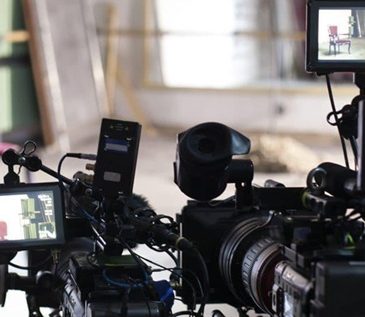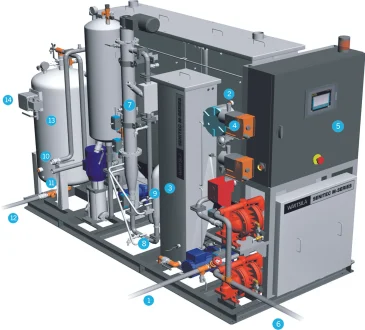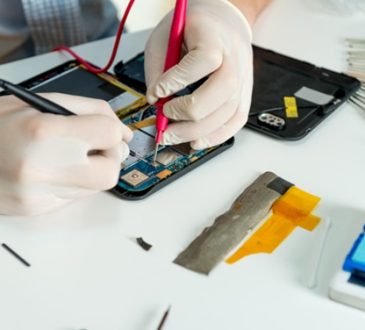
Resistivity in water is the measurement of the quality and quality of water to defy an electrical current, which is openly related to the sum of melt salts in the water. Water with a high deliberation of dissolved salts will have a low resistivity, & vice versa. Resistivity is measured.
People have become reliant on electronics for daily lives. Resistivity Meters are extremely vulnerable to the hazards measured by poor grounding. As any power quality professional will relate, the poor basis is second only to rude wiring as the leading cause of tools malfunction. Standards for equipment presentation mandate the installation and maintenance of a dependable, low-resistance earth ground.
These standards frequently cannot be met and surely cannot be certain for the long term by traditional grounding methods, which call for minimum necessities. Much of these tools operate on 5 V or less and is frequently subjected to higher steady-state transients.
A correctly designed low-resistance system can make sure the operation of critical equipment that frequently creates its own hazards, such as harmonics & transients. An added benefit also comes in better personnel security. Normally these tool with a digital front panel are worked with a keypad
Why use a resistivity meter for water testing?
A water resistivity meter is a helpful tool for resistivity testing. Resistivity is a very important measure when very pure water is necessary, for example for use in a growing number of laboratory and manufacturing procedure. Checking resistivity can also be used for checking water from ground, to ensure for infectivity from landfill leachate, for instance, or to explore contagion in lakes, rivers & tidal estuaries.
Once you have been monitoring resistivity in water for a while it is potential to build up a perceptive of the normal range of resistivity in an exacting body of water. Using this can help in the identification of anomalies, that may represent a contaminant entering the water.
There are several advantages:
1) The greatest benefit of Resistivity Meter is the speed at which a review can be finished relative to a customary resistivity examination using metal stakes in the ground. At a standard walking speed, 3.6 km/hour (2.2 miles/hour) a 1 km line with data example each meter can be done in less than 20 minutes.
The sum of time to do many lines is greater due to the time it takes to turn around & start a different line. But it is still a great time saving over by metal stakes which would take numerous hours.
2) As the OhmMapper is capacitive coupled it can be used over snow, concrete, paved surfaces, bare rock, and further areas not practical for planting metal pledge.
3) As there is no ground contract necessary there is no contact resistance setback. The survey can be made over ice, dry sand, caliches, etc. with no concern for contact resistance difficulty.
4) The receiver is tuned to an extremely specific AC transmitter regularity so it is virtually resistant to power line interference and natural telluric present noise.
About Author: Clare Louise a freelance content marketer and creator of Fitness Advise Blog where his focus is on simple health tips which can keep everyone healthy. Outside of IMPACT, he is a design, movie, and pop culture buff, and a fierce advocate of free hugs.



